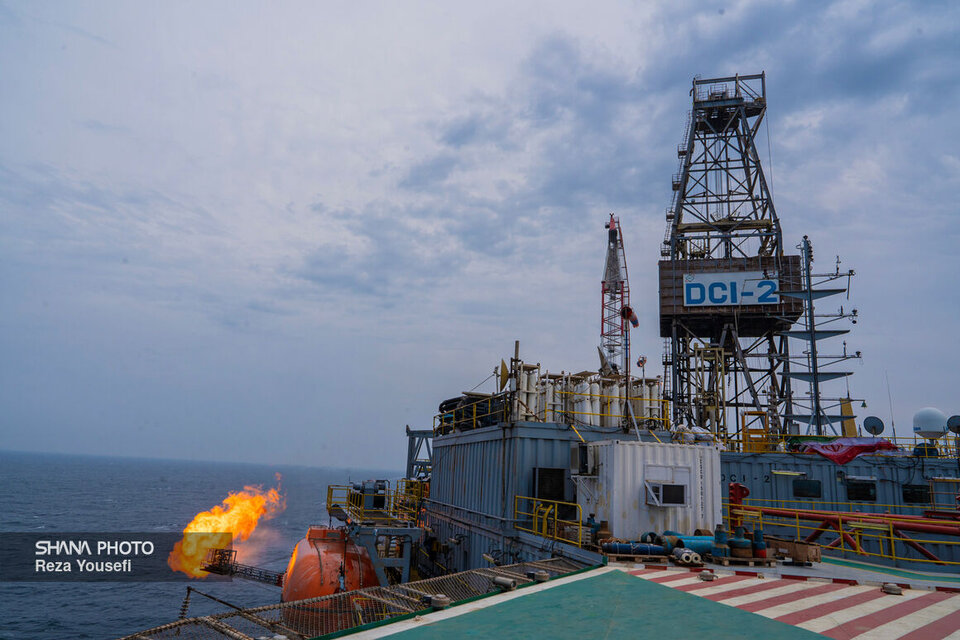Mehdi Hosseini noted that Iran’s current oil recovery rate stands at around 25%, while oil-rich nations like Saudi Arabia, Oman, and Norway—relying on technology and sustained investment—have achieved recovery rates of 45-50%.
He emphasized that over two-thirds of Iran’s oil remains untapped, despite the country’s oil-dependent economy, warning that economic transformation is impossible without oil industry development.
He stressed that increasing the recovery rate is not optional but a strategic necessity for generating national wealth and maintaining Iran’s position in the global energy market.
Investment: Missing link in oil development
The energy expert identified capital shortages as the oil industry’s biggest challenge, stating that targeted investment is required for each barrel of oil produced, depending on whether fields are exploratory or developed.
Mature fields like Ahvaz, Marun, and Aghajari—needing modernization and advanced technology—should be prioritized but require stronger financial and contractual incentives. In contrast, exploratory or semi-developed (greenfield) projects attract investors due to higher potential returns and lower initial costs.
Hosseini acknowledged Iran’s reliance on domestic capital under sanctions but noted its limitations, proposing three solutions: petrochemical sector partnerships, public capital mobilization, and support for non-oil domestic investors.
On petrochemical firms, he said they need stable gas supplies for feedstock. The government could encourage upstream investment by guaranteeing steady gas supply from funded projects.
Supporting non-oil domestic investors
The former NIOC deputy CEO highlighted public capital as an option, suggesting high-liquidity oil-backed bonds with fixed returns could work—provided concerns over yields and security are addressed.
He added that non-oil domestic investors could enter the oil market with tax and legal incentives, provided contracts offer adequate returns and risk coverage.
Stressing that domestic resources alone are insufficient, he called for renewed access to international financing, noting foreign banks fund downstream projects (refineries, petrochemicals) but upstream requires more attractive terms.
Oil giants await investment opportunities
Hosseini expressed cautious optimism about ongoing negotiations, recalling that Iran attracted billions in investment even during sanctions. Under the JCPOA, U.S. firms were willing to invest, as Iran’s production costs are lower than U.S. shale, Alaska, or Gulf of Mexico projects.
Citing a London conference, he quoted Exxon’s CEO as saying: "Every contract Iran signs is another nail in sanctions’ coffin."
He confirmed interest from Shell, Total, INPEX, and others, noting U.S. firms possess cutting-edge technology and investment interest.
Transparency in showcasing opportunities
Hosseini criticized slow decision-making in bodies like the Economic Council and Planning Organization, urging transparent, measurable project presentations. For example, Iran once outlined 22 exploratory projects for 1.6 million bpd of oil and 1.8 billion cubic feet of gas, clarifying investment needs for public and official understanding.
He called the upcoming "Upstream Oil and Gas Investment Transformation" event—timed with resumed international talks—a strategic opportunity. A multi-sector team (Oil Ministry, Foreign Affairs Ministry, Atomic Energy Organization, Defense Ministry) should join negotiations to safeguard national interests in economic deals.
Even under sanctions, Japan signed billion-dollar deals, he noted, concluding that with the right diplomatic climate, major firms will return to Iran’s oil market.


Your Comment